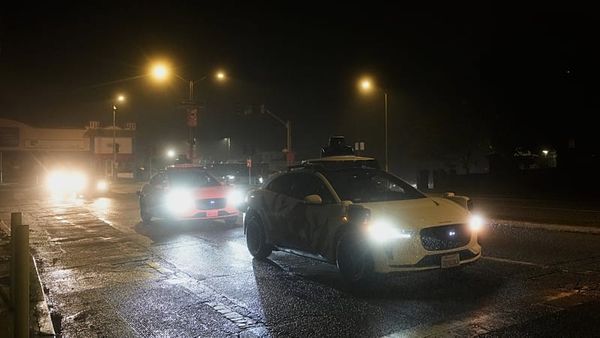

When my parents told me they were “going back to cash”, I thought here we go: more boomers romanticising the Dark Ages. But then they explained it was all to try and dodge the transaction fees that were dipping into their hard-earned retirement fund every time they tapped their card. And, though I mocked them for being conspiracy theorists, I couldn’t help but wonder (cue the Sex and The City theme), what were these fees really costing me?
As my colleagues well know, I am far from a maths wiz or smart spender. So I enlisted the help of financial adviser and the host of the podcast Financially Fierce, Jess Brady, to spill the tea on the hidden fee.

Let’s break it down: what are these surcharges?
Card surcharges are fees added to the cost of an item to cover merchant fees, ranging from 0.4 per cent to two per cent per transaction. And while they may not seem like much, Jess tells us that “at a national level [they’re] staggering”.
Research by the Reserve Bank of Australia has found that Aussies spend a whopping $1.2 billion on card surcharges each year. For context: you remember all the private jets at the Bezos wedding? Not only could you have one, but for $1.2 bill you could have a whole fleet.

And while the fees may seem small and unimportant, the declining use of cash has made them harder to avoid, which, as the former Financial Services Minister Stephen Jones put it, can “punch a big hole in the wallets of customers”.
Will we ever say bye bye to these fees?
Ultimately, this is an issue that comes down to the government and the banks.
In 2024, Labor announced it was prepared to ban debit card surcharges starting January 2026, with Treasurer Jim Chalmers saying that “consumers shouldn’t be punished for using cards”.
But before you pop the champagne, this is far from over. The Australian Banking Association has fired back on lowering fees for businesses, saying this money has to come from “somewhere”. And by somewhere, they mean anyone but them.
“Who flips the bill is the issue at hand but at the moment it’s everyday Australians, while banks are making record-level profits,” Jess said.
So, what can you do to save your funds?
Jess tells us that it’s not just a surcharge we need to be mindful of, but rather we need to change our views on spending altogether.

“If you know you’re spending too much, if you know that you’re being charged a lot of surcharges, what can you do to shake things up in your own money world rather than waiting for the world to change,” Jess added.
Habits like setting a weekly spending amount, trialling cash instead of card, or taking 24 hours before you hit buy on that cart (I know you have one), you can adjust how you view your hard-earned dollars.
So the question is, will you make some changes OR will you try budgeting for a week, get distracted and return to your reckless spending? And while personally I do have a Sephora haul calling my name, I think it’s time to lock in and take my money seriously.
Jessica Brady is a licensed Financial Adviser (Authorised Representative No. 001259972, AFSL | 297276). All information is general advice only.
Image credit: 20th Century Fox Television
The post ‘Punch A Hole In Wallets’: What Australia Going Cashless Is Really Costing You appeared first on PEDESTRIAN.TV .







